Hulk of the SS Good News
The forgotten remains of the first steamship that launched on Lake Tanganyika.
Forgotten and mostly buried in Kituta Bay on Lake Tanganyika lay the remains of the first steamship that launched on these waters, in 1885. After being shelled by a German warship at the outbreak of World War II, the ship was left grounded for decades and all but disappeared into the overgrowth.
By the early 1880s, the London Missionary Society was established in the lands surrounding Lake Tanganyika in Central Africa, one of the largest freshwater lakes in the world. Preaching Christianity from their bases at Niamkolo and Ujiji, the lake offered a vital thoroughfare for the society to bring people and supplies to their missions.
Although they already had a sailing vessel on the lake that they had shipped overland from Dar Es Salaam, a donation allowed the society to purchase and a steam vessel and transport it to the lake via the newly created Stevenson Road. It was dubbed the SS Good News.
The Good News was a sturdy and high-quality ship, built of mild steel with a deck and woodwork of Indian teak. In addition to its steam engine, it had sails to aid in propulsion. It was 54 feet long with a beam of 12 feet. It had been specially designed to be broken apart into relatively small pieces suitable for overland transport and reassembly on the lake.
Building the Good News became the responsibility of Edward C. Hore, a master mariner after whom Hore Bay on Lake Tanganyika is now named. When he arrived, he found much of the local population devastated by recent raids by slave traders from Zanzibar. He therefore chose a relatively remote location on the Lofubu River to construct the ship. With the first parts of the Good News arriving in 1883, it took Mr. Hore and his team two years to complete construction. The ship was launched and sailed its first miles under steam in 1885.
The SS Good News lead a relatively successful career helping the London Missionary Society supply its stations and maintain contact with the communities around Lake Tanganyika. But by the outbreak of World War I, it had been permanently beached on the shores of Kituta Bay. Nonetheless, at the start of hostilities, the hull was shelled by a German warship to prevent the British from re-floating and arming the ship. It remained upright and above ground on Kituta Bay until at least the 1960s. At some point, due to neglect, the ship has fallen, and it is now largely buried, though some easily distinguishable hull plates and other components of the ship can still be seen peeking out from the overgrowth.
Know Before You Go
The remains of the SS Good News can be found in Kituta Bay on Lake Tanganyika. Kituta Bay is accessible via a walking trail from Mpulungu, or via 4x4 along a road that passes through Isoko. Once in the bay it will be necessary to ask around in the local village for the exact location of the ship. As a favor, the local villagers can lead you to the spot. The hulk is technically under the responsibility of the Moto Moto Museum, found in Mbala. The propeller of the Good News has been well preserved, however, and is on display at the Tanganyika Victoria Memorial Institute (TVMI) in Mbala.





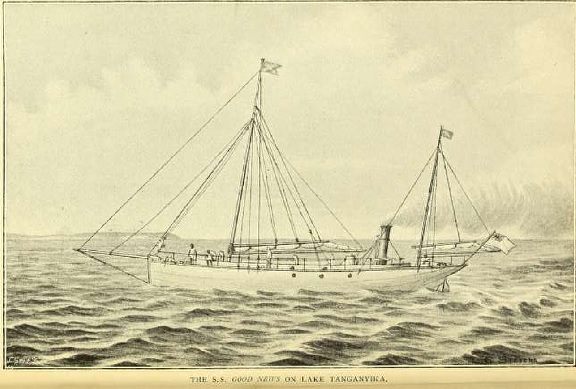




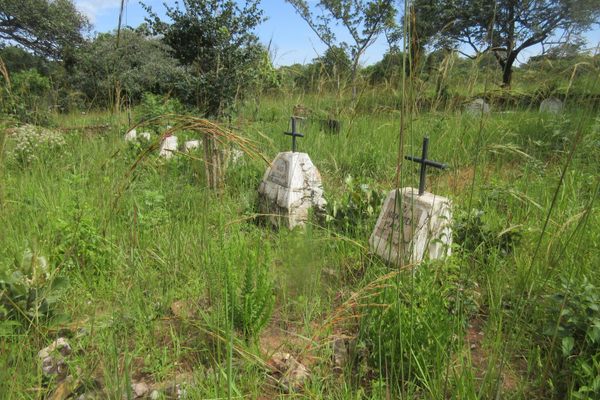

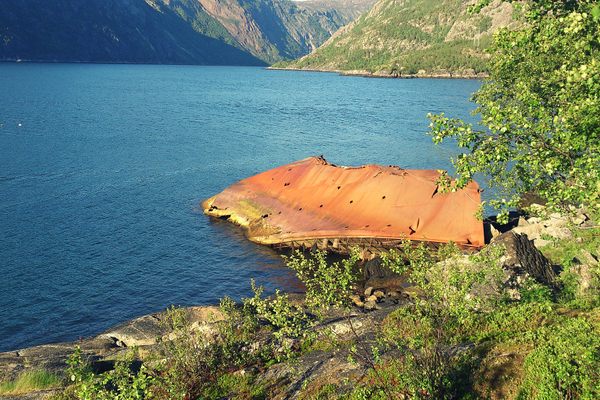
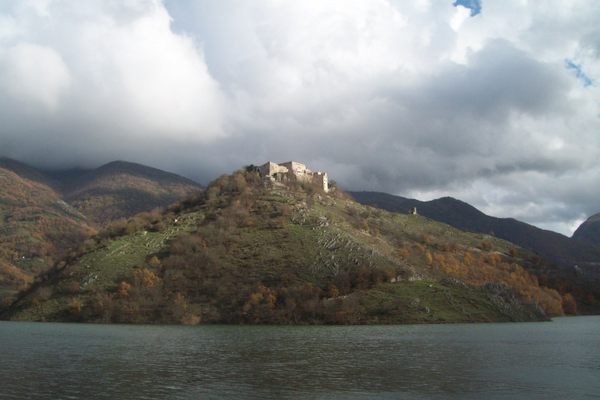
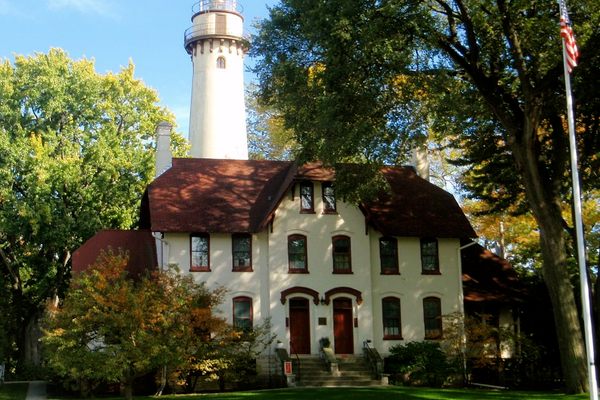
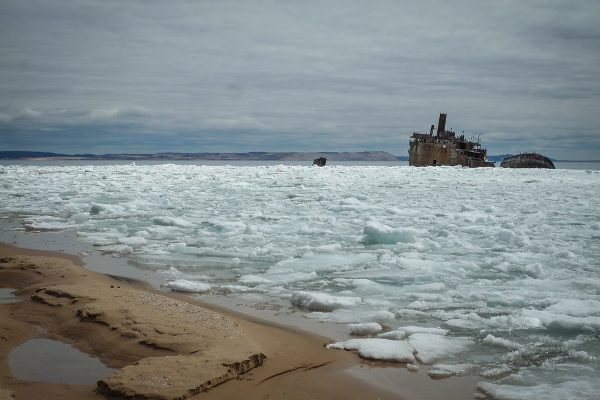


Follow us on Twitter to get the latest on the world's hidden wonders.
Like us on Facebook to get the latest on the world's hidden wonders.
Follow us on Twitter Like us on Facebook